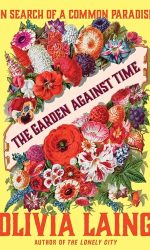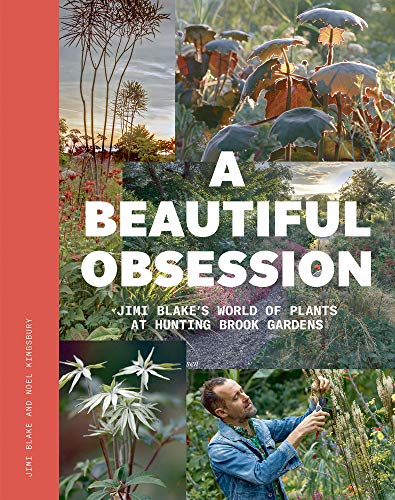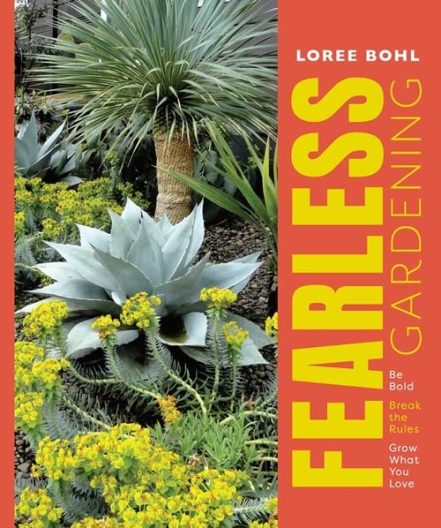 The Garden Against Time offers pleasures on multiple fronts. Olivia Laing weaves together elegantly a narrative of reviving her English garden originally designed by Mark Rumary, a well-known landscape designer; numerous accounts of other gardens and gardeners, some literary and some real; and a thread of deep searching into the exclusion underlying nearly all these gardens.
The Garden Against Time offers pleasures on multiple fronts. Olivia Laing weaves together elegantly a narrative of reviving her English garden originally designed by Mark Rumary, a well-known landscape designer; numerous accounts of other gardens and gardeners, some literary and some real; and a thread of deep searching into the exclusion underlying nearly all these gardens.
Although Laing had yearned for a garden of her own since early childhood, she was in her forties when she and her husband Ian found the right neglected garden to restore – in January 2020. It was only a third of an acre, “so cunningly divided that you could never see the entirety at once . . .” (p. 5). Then came Covid, and everything shut down. Three million people in Britain began gardening, and Olivia and Ian moved into their new home in August.
Preparing the soil with huge amounts of manure, waiting impatiently for a year to see which of Rumary’s original plants had survived, then laboring many months to put her plans in place – the story makes one ache in sympathy but feel inspired as well.
The other gardens in the book begin with Eden in John Milton’s “Paradise Lost,” and the poems of John Clare bewailing the enclosure of once public land. They include real English and Italian gardeners and gardens, especially Shrubland Hall.
William Morris receives much attention. One of this book’s great pleasures is Laing’s writing style. Her description of Morris shows that style nicely: “It’s true he was a dynamo, a spinning top, who compulsively taught himself to master a dozen crafts, who could weave a tapestry and dye a chintz, embroider a wall-hanging, construct a stained-glass window, write a poem (often on a bus and often too at the astounding rate of a thousand lines a day), illuminate a manuscript, bind and print a book, perhaps translating Homer or Virgil as an evening’s respite from the more exacting work” (p. 161). This book could be used in advanced writing classes as an example of how to play with the English language as if it were a musical instrument.
The subtitle, “In Search of a Common Paradise,” refers to the book’s underlying theme of unease about the unsavory underpinnings of many gardens – certainly all those Laing visits in this book. Do only rich people get to have gardens? Why can’t everyone have access to that soul satisfying pleasure Laing found in hers? Her research led to the slave trade behind Shrubland Hall’s wealth. On the other hand, Morris hoped for the opposite, a utopia where gardens (and all properties) are held in common.
Instead, Laing opts for a combination of public and private ownership: “We need gardens and the life they support established everywhere, if we are to survive” (p. 284). We do.
Many additional delicious nooks and crannies await the reader of “Gardens Against Time.” Run, do not walk, to the nearest library (ours). Don’t miss this book.
Reviews by Priscilla Grundy in The Leaflet, Volume 11, Issue 11, November 2024.

 I was fortunate to hear Jimi Blake speak at the virtual annual meeting of the Hardy Plant Society of Oregon in November 2021. He radiates enthusiasm for garden plants of all kinds, especially ones newly available to keen gardeners, expressed in a lovely, Irish lilt.
I was fortunate to hear Jimi Blake speak at the virtual annual meeting of the Hardy Plant Society of Oregon in November 2021. He radiates enthusiasm for garden plants of all kinds, especially ones newly available to keen gardeners, expressed in a lovely, Irish lilt. “Gardening is not a straight line. There are many detours along the way, and thankfully, you never actually arrive at the finish.” This is a motto of Loree Bohl, a Portland gardener and author of “Fearless Gardening.”
“Gardening is not a straight line. There are many detours along the way, and thankfully, you never actually arrive at the finish.” This is a motto of Loree Bohl, a Portland gardener and author of “Fearless Gardening.”![[Spirit of Place] cover](https://depts.washington.edu/hortlib/graphix/spiritofplacethemakingofaNewEnglandgarden300.jpg)
 Marc Peter Keane has published several books based on his landscape architecture degree from Cornell University and the 18 years he spent in Kyoto designing gardens. “Japanese Garden Design,” his earliest, has stood the test of time.
Marc Peter Keane has published several books based on his landscape architecture degree from Cornell University and the 18 years he spent in Kyoto designing gardens. “Japanese Garden Design,” his earliest, has stood the test of time. For designing your own space in a Japanese style, consider “The New Zen Garden” by Joseph Cali, an American who lived many years in Japan, using his education as an interior designer. In this book, he urges his readers to treat the garden as an extension of the home’s indoor space, and is very practical and systematic in his advice.
For designing your own space in a Japanese style, consider “The New Zen Garden” by Joseph Cali, an American who lived many years in Japan, using his education as an interior designer. In this book, he urges his readers to treat the garden as an extension of the home’s indoor space, and is very practical and systematic in his advice.